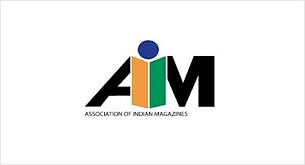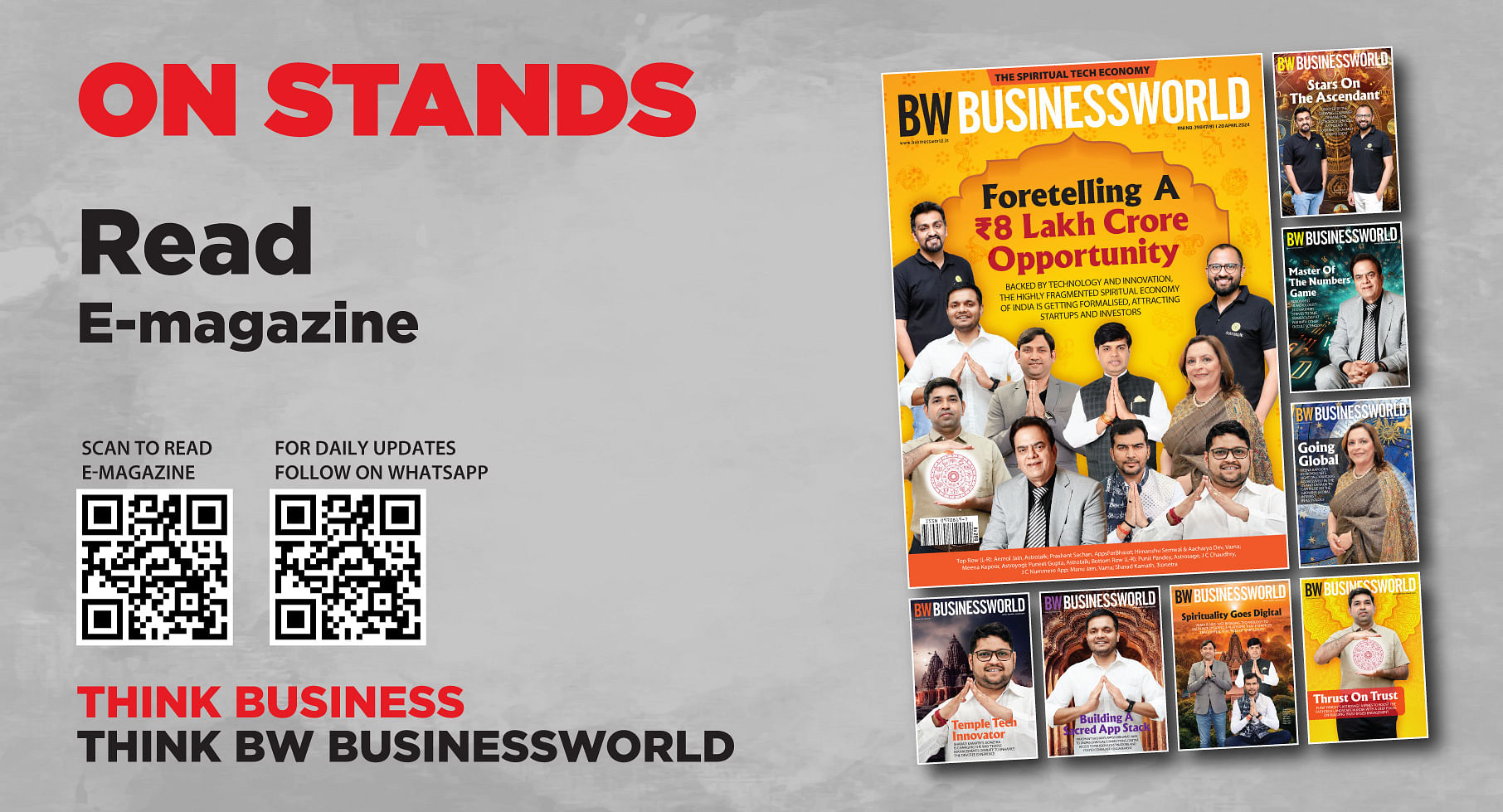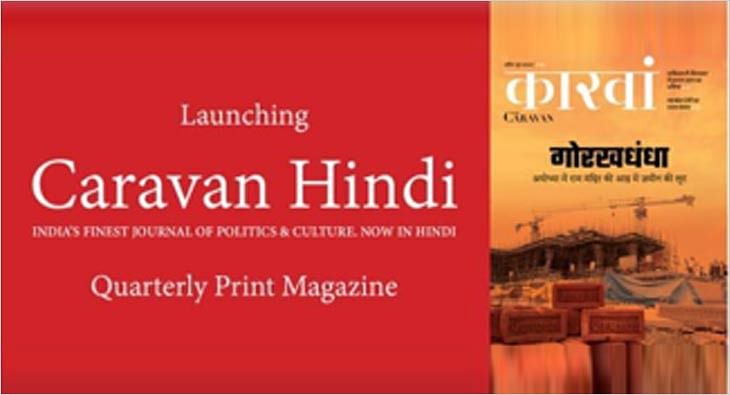Newsprint dearer than ever: Will prices stabilise or touch new highs?
According to industry players, the top price for newsprint for the year was $1000/tonne, up from $450/tonne in Jan-March 2021; prices have dipped but remain on the high side

Increasing newsprint prices have remained the print sector’s big worry throughout FY23. Disruption in the supply chain of newsprint due to the Russia-Ukraine war, compounded with a scarcity of waste paper used in recycling led to the prices going as high as $1000/tonne.
Although there has been a dip to $850-900, it continues to remain high. Some industry executives are hopeful that it will come down to $600-700 per tonne.
Girish Agarwal, Non-Executive Director, DB Corp, reflected upon the rising newsprint prices during the Q1 earnings call. “We were at around Rs 41,000 per ton ($514), which this year is at Rs 62,000 per ton ($777). It is a big 50 - 51% jump in the overall price of newsprint.”
Agarwal further said, “In Q4 last year, the price was roughly around Rs 50,000 because we had old stock, but as a silver lining the Government of India is thinking to do something with regards to the custom duty of 5% on imported newsprint.”
He also highlighted that the rising dollar price is also a worry. “The newsprint is one big elephant in the room which we are still struggling with,” Agarwal had said.
To mitigate the impact of newsprint prices on the business, some publishers have reduced the number of pages while some have increased the cover price. According to Agarwal, nobody has left the space because of the issue, but yes “a lot of people are compromising in their product”. “If their pages were 16, they have brought it down to 14 or 12. They are also using poor quality newsprint.”
According to Mohit Jain, President of Indian Newspaper Society (INS), newsprint is now more expensive than steel. "Newsprint landed cost is probably about Rs 86/kg, which is more than steel in the current circumstances." He also shared that two years back the newsprint prices were around $450/tonne and it went up from $450 to 1000 per tonne in May-June of this year. Currently, it's around $900/tonne and it's still not stable.
Jain explained that multiple factors are leading to an increase in newsprint prices. Apart from the impact on Russia’s supply, Jain said there was a massive backlog of goods caused by Shanghai's numerous shutdowns. "We don't know if pricing has stabilised or if it will start rising again."
"We must also wait and watch how the geopolitical situation resolves because if trade channels continue to be obstructed, we will have a problem. Climate is another aspect that is becoming increasingly important. Shanghai is ready for a second typhoon, which will disrupt cargo transit. Now, every minor factor is contributing to the greater picture and putting pressure on the ports," Jain pointed out.
Jagran Prakashan in its FY22 annual report also cited the rising newsprint prices as the reason for its poor financials. “We, however, hope that the team will take this challenge also and mitigate its impact, though the current geopolitical conditions suggest that the availability of newsprint and hence its prices are key risks to our expectations for the financial year 2022-23.”
Jagran also said that this has offered an opportunity to correct cover prices, which will strengthen the newspaper industry business model and make it more predictable by reducing its dependence on advertising revenue in course of time.
Touching upon another critical aspect, Jain said, “Apart from high newsprint prices, publishers have to pay 5% customs duty, and we have been fighting with the Finance Ministry to actually take it off or reduce it. Today publishers are having a very tough time because of the cost pressure. Even the issue of increasing the DAVP rate is pending with the government for a year,” he said.
Sharing further insights, M V Shreyams Kumar, Managing Director of Mathrubhumi Group, said: "We almost doubled this year compared to the previous year, which could be caused by a shortage of used newspapers because most mills recycle them, followed by the energy crisis and freight rates that have increased about 2-3 times." However, he noted that freight rates have begun to fall.
Some mills that were demanding $ 1000-1050 per tonne two quarters ago have reduced it to less than $950 per tonne, industry players said.
According to Kumar, an increase in newsprint pricing combined with a 5% custom tax has had a significant influence on the newsprint business. “It also puts downward pressure on ad rates. Ideally, it should be about 600 USD/tonne. That is when the newspaper sector will be able to breathe," he remarked.
He also stated that there was no sign that print prices would fall but there has been a modest decline. "We can't say what will happen in the next month. We notice that it is currently easing slightly, but we cannot say to what amount."
Reflecting on the seriousness of the issue, Amit Chopra, Joint Managing Director, Punjab Kesari, said the viability of newspapers was at great risk. “At these prices, it's difficult to make profits,” he said.
Sharing some reason for hope, Chopra said: “The prices might see a slight uptake if there is more demand during the festive period. But I believe that most of the newspapers have stocked up the material for the next few months, which might not lead to high demand and high pricing.”
“The advertising revenue is growing and even circulation revenue is coming back to pre-Covid levels specially for the vernacular newspapers, but the cost of material is so high that there is little scope for the cover price increase or ad rates increase which is a problem. I believe that over the next few months things will get better,” Chopra added.
Read more news about Print Media, TV Media, Advertising India, Digital Media, Marketing
For more updates, be socially connected with us onInstagram, LinkedIn, Twitter, Facebook, Youtube, Whatsapp & Google News
Hindustan Times unveils election section on app
Readers can explore facts about India’s political heritage through various segments within the app
Readers can immerse in this enriching exploration of India’s political heritage – where history comes alive on the Hindustan Times Mobile App.
Hindustan Times has launched the "Elections Special", a section in its mobile application designed to help India uncover its political landscape from inception to the present.
The newly launched section in the mobile application allows readers to explore pivotal events, learn about influential leaders, discover transformative milestones, and delve into the evolution of Indian politics.
Readers can explore facts about India’s political heritage through various segments within the app.
The Hindu launches #SeeYouAtThePolls campaign ahead of elections
The aim of the campaign is to make Gen Z aware of their voting rights
The Hindu has launched a print campaign titled ‘See You At The Polls’ to target the Gen-Z culture and make them aware of their voting rights. The national daily believes that Gen-Z is not just the future; they are here and ready.
Elections are here and while everyone else is hitting the airwaves with preachy messages, The Hindu decided to shake things up a bit. They are immersing themselves in Gen Z culture with tongue-in-cheek communication that's sure to grab attention and get young India pumped up about voting.

As an extension of the campaign, to drive awareness, the publication has also launched ‘The Informed Voter Quiz’ in print. It will run till the polling is on in key markets. People can scan the QR code in print, participate in the quiz and take the pledge to vote.
They are also extending the campaign to digital platforms with immersive experiences like an Instagram AR filter for personalised and shareable experiences among youth, hosting a selfie contest on election day, and much more.
Bolstered by Ogilvy Bangalore, this campaign is currently operational across India and will come to an end when the elections are over. State-wise, the campaign will conclude in Tamil Nadu on April 19 and further run in Karnataka, Andhra, Telangana and more.
Their core message resonates with the belief that the younger generation is not only capable but also conscientious and actively involved, poised to exercise their right to vote. The publication has also taken a dig at run-of-the-mill campaigns that states the obvious- voting is your responsibility, go vote.
Suresh Balakrishna, Chief Revenue Officer of The Hindu Group said, “Election is an important milestone for Indian democracy. With campaigns like #DearMrPolitician and #UnderMyWatch, The Hindu has always used this space responsibly and come up with bold, hard hitting, edgy communication. This election, we decided to take an unconventional route. Rather than send out preachy messages on voting that will hit GenZ, we decided to celebrate them and their ability to make the right choices. This comes from our strong conviction that Gen Z are equally responsible and will certainly make their voices heard at the ballot box.”
Advertisers should realise that magazine readers have higher purchasing power: Anant Nath
Ahead of the Indian Magazine Congress, Anant Nath, Executive Publisher, Delhi Press and Editor, Caravan, discusses the challenges of the magazine industry and ways to keep it afloat
Once thriving on readers' pleasure of flipping through glossy pages, the magazine industry in India found itself navigating uncharted waters since the pandemic. From upheavals in distribution challenges to shifts in reader preferences, numerous challenges have compelled the industry to redefine its strategies to thrive in this new landscape.
Anant Nath, Executive Publisher, Delhi Press and Editor, Caravan India opines that the impact on magazines has been similar to that on the rest of the publishing industry, where readership has shifted from print to digital.
Even though most magazine publishers, like most newspaper publishers, have websites, everyone struggled to make revenue out of that audience in their own way.
The number of digital readers is more than the print audience because digital media is far more accessible and more easily consumable. But monetising that readership, especially from an advertising point of view, has been far more difficult, as per Nath.
Alternate revenue streams will flip the story for magazines
A major challenge for the industry is to figure out how to fix the physical distribution system. The physical newsstand distribution system has been adversely affected much before COVID.
“Subscription as an economy was much smaller in India as compared to magazine publishers in Europe and America. They were far more subscription-oriented. Indian magazine publishers were far more newsstand-oriented. But in the last four years, we have laid much greater emphasis on building subscriptions, which means putting in systems for better delivery of subscription copies,” he added.
The association has closely worked with India Post to roll out a new delivery service called Magazine Post. It has been extremely effective, reliable and as compared to private couriers, it is much cheaper.
Along with that, most publishers have been far more aggressive in marketing subscriptions through a mix of online subscription marketing campaigns, database cultivation, and various other ways.
Hence, Nath sees that the road ahead for most publishers is to keep on increasing the subscription play by improving the efficiency of delivery distribution and partnering with some e-commerce players.
“In the last year, we've partnered with Blinkit to create a widget within their app where consumers can order a copy. Similarly, now we're working with ONDC to create a magazine-specific, government-sponsored category so that all the ONDC-affiliated buyer apps like Paytm, Meesho and more have a magazine sale widget,” he added.
The association is also now working with India Post again to see how they can create new opportunities for selling subscriptions through the network of India Post.
Still, these methods may help the circulation and subscription revenue but magazines need to invent alternate revenue streams.
Nath shares that traditionally, while they have been monetising it through advertising and circulation subscriptions, events have also been added as a layer. What other possibilities can there be for monetisation?
He underlined, “There are revenue possibilities through partnerships with e-commerce, affiliate marketing, audio streaming and video streaming services by creating new content IPs. Now there are membership programs too with models where readers engage with the magazine editorial teams closely.”
Perception among marketers needs to change
When it comes to reviving ad revenue, the industry needs to change perceptions about advertising in magazines. Nath added, “We need to translate our efforts to a sellable story to our marketers whom we need to work within a much closer proximity to explain how the industry has built back its readership and its circulation numbers.”
Technically speaking, advertisers need to understand that magazines have been attracting a substantial readership willing to pay for the content and are far more important than somebody who is accessing content free of cost, without any investment, commitment or connection, like the digital audience or even the newspaper readership since the papers are quite cheap.
Nath highlighted, “A newspaper in India is priced at Rs 4 or 5 but a magazine is at Rs 60 to 100. So, a magazine reader is far more committed. We need to work with advertisers to say that this reader who has higher purchasing power, is far more engaged and trusts the magazine better is a better consumer for them.”
The more niche, the better
General interest content is being given a lot online; however, it's the niche magazine’s content that makes the difference. When the editorial team develops a certain expertise in the content, the readership gets more connected and is more involved since the content is closer to their interest.
Nath added, “That's where your digital content will take a backseat because ultimately a very committed group of editors, reporters and writers are creating extremely in-depth content and will stand out compared to content that is created in a very superficial and fast-paced manner.”
Magazines as a concept will have a much brighter future, believes Nath. “The more niche, more tightly defined your audience is, the more substantial will be the readership. Of course, you need a certain basic size of the audience. If the niche is just a few thousand people, your chances of finding readership in those thousand people will be limited. So your niche has to be right,” he concluded
India Magazine Congress to take place on May 3, 2024
The theme for the Congress this year is ‘Magazine Publishers Building New Revenue Streams’
The Association of Indian Magazines has announced the Indian Magazine Congress to be held on May 3, 2024 at the Taj Santacruz, Mumbai.
The theme for the Congress this year is ‘Magazine Publishers Building New Revenue Streams: How magazines in India are evolving new ways of building engaged reader communities, and monetising content and the audiences’.
An email from the AIM said, “Over the last few months, we at the AIM working committee- Srini, Manoj, Dhaval, Anurag, Riyad, Girish, and Rama Rao- have been putting together a program that touches upon the most pressing issues that magazine publishers have been facing in our road to recovery and ensuring our relevance for readers and advertisers alike. We all concurred that the biggest advantage that magazine brands continue to occupy in the clutter of the digital age, is our editorial robustness, authenticity and depth of content, and the ability to nurture engaged communities.”
Last year, IMC 2023 was therefore all about building engaged communities. This year, AIM wants to take the conversation ahead and talk about new paradigms for building new revenue streams given the industry’s core strengths.
Anant Nath, President, AIM shared, “I know these have been tough few years and there must have been times when each one of us would have gone through existential questions. But the more deeply I have thought about the underlying factors, as well as the evolving nature of digital space, I remain convinced that ‘magazine journalism’ as a conceptual framework, will continue to have relevance for readers as they crave authenticity, credibility, and most importantly, empathy from media brands. Magazine brands are uniquely poised for all that.”
He believes, while everyone evolves into new formats, adopt new technologies, if the magazine publishers remain wedded to the core values that inform their approach to content creation, they will have relevance.
PM Modi featured on Newsweek cover
As per media reports, Narendra Modi is only the second Indian Prime Minister after Indira Gandhi to be featured on the cover of Newsweek
Prime Minister Narendra Modi has been featured in the latest edition of Newsweek.
In a 90-minute interview, he spoke about maintaining peaceful relations with China, and the urgent need to address the "prolonged situation" on the borders.
He talked about India's growth as a global economic power and how it is "a natural choice for those looking to diversify their supply chains".
As per media reports, Narendra Modi is only the second Indian Prime Minister after Indira Gandhi to be featured on the cover of Newsweek.
The Prime Minister also highlighted the government's efforts towards inclusive growth. He spoke about the people of Jammu and Kashmir taking part in the general elections, the revocation of Article 370 and other issues.
He expressed happiness on the sucesss of UPI and the initiatives taken under the Digital India campaign.
BW Businessworld focuses on growing spiritual tech economy in latest issue
The issue, part of BW Businessworld’s series on emerging sectors, delves deeper into the role that astrotech, numerology and faithtech play in opening up a Rs 8 lakh crore sector in India
BW Businessworld, a leading name in business journalism unveils its latest special issue as part of its ongoing series spotlighting emerging sectors. This edition focuses specifically on the burgeoning 'Spiritual Tech Economy' in India. It delves into an extraordinary sector where the ancient meets the avant-garde, offering insights into a market that preserves cultural heritage while paving the way for technological innovations.
The Growth Wave
The Spiritual Tech Economy, an emerging sector within the Indian economy, combines traditional spiritual services with cutting-edge technology, spanning astrology, faith tech, numerology and temple tourism. With a valuation of $58.6 billion in 2023, this market is expected to surpass $127 billion by 2031.
Astrotech Market
The issue highlights the significant growth of the astrotech market, which is anticipated to grow from $4 billion to $6.5 billion by 2025. This growth is indicative of a global trend, with the worldwide astrology market expected to expand from $12.8 billion in 2021 to $22.8 billion by 2031.
Highlighting the intersection of spirituality and technology, it also focuses on the potential of spiritual tourism in India, especially with the upcoming inauguration of the Ram Mandir in Ayodhya, which is set to boost the sector further.
Focus on Sustainability
In addition to exploring the spiritual tech economy, BW Businessworld's special issue also emphasises sustainability and recycling efforts. Featuring a section dedicated to leading companies in recycling and waste management, the issue celebrates the winners of the second edition of the Recycling for a Greener Tomorrow Awards, organised by BW Sustainability World.
BW Businessworld invites readers to engage with the content, offering a comprehensive look at the fusion of tradition and innovation in the spiritual tech economy and the ongoing efforts towards sustainability in business practices. This issue not only highlights lucrative growth opportunities but also underscores a commitment to preserving cultural heritage and promoting eco-friendly practices.
Caravan Hindi magazine to be launched in New Delhi on April 3
The magazine will be launched at the India International Centre
Caravan Hindi, a quarterly magazine, will be launched on April 3 at the India International Centre, New Delhi at 6 PM.
During the launch event, attendees can look forward to a thought-provoking panel discussion focusing on the State of Hindi Journalism. The panellists include Paresh Nath, Editor-in-Chief of Delhi Press; Seema Chishti, Editor of The Wire; Mrinal Pande, former Chief Editor of Hindustan; Sagar, Staff Writer of The Caravan; and Hartosh Singh Bal, Executive Editor of The Caravan.
The launch function is set to be a gathering of luminaries from the world of literature and journalism, all converging to celebrate this momentous occasion.
This launch marks an important moment in the magazine's journey, marking a new era of insightful journalism in Hindi by offering a fresh perspective on politics, culture, and society.


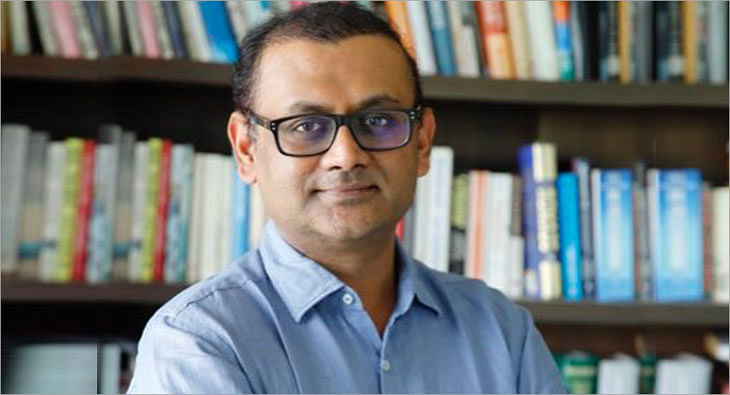
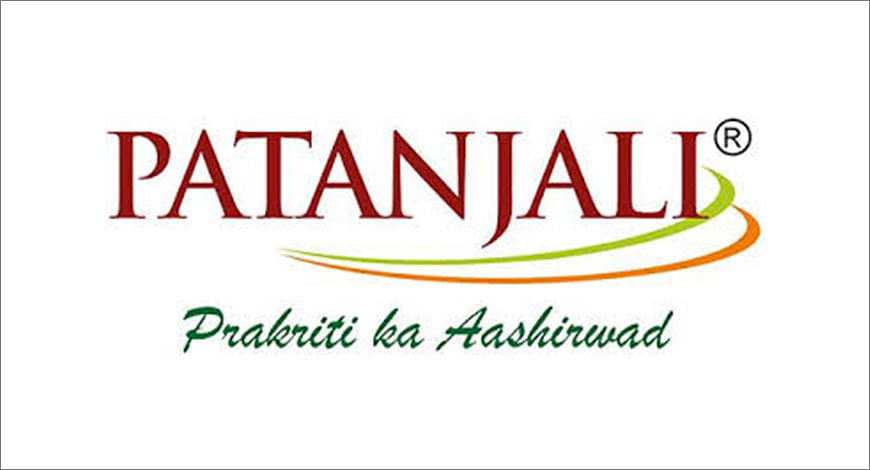
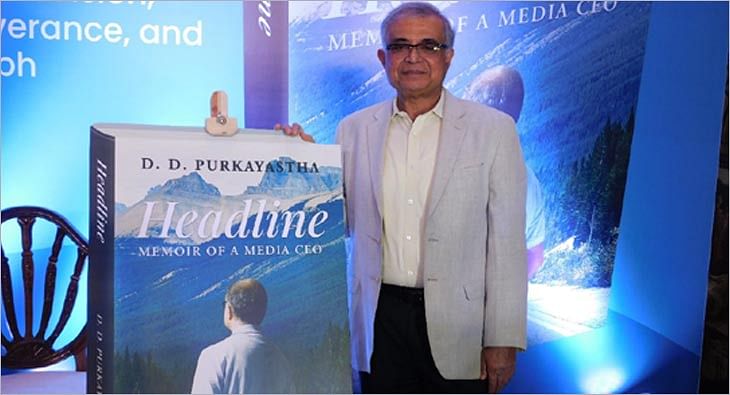






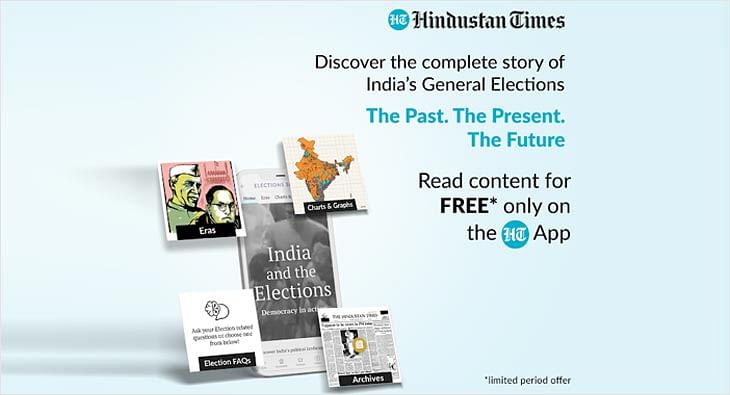
 Share
Share


